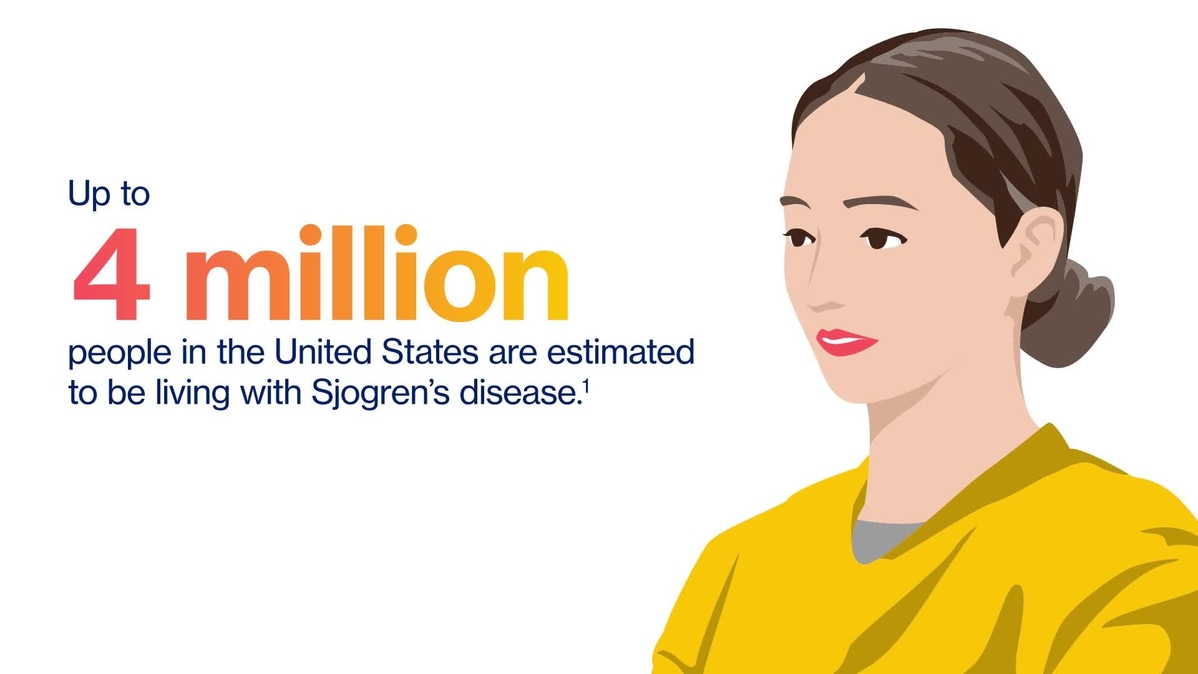Systemic and Unpredictable Disease
Every person living with Sjogren's disease experiences it differently and symptoms can present with varying degrees of severity.1 Sjogren's is most commonly associated with excessive dry mouth and dry eye, but symptoms can severely impact the whole body and may include:2-6
- “Brain fog”
- Dry nose
- Fatigue
- Joint pain
- Dry skin
- Skin rashes
- Symptoms related to organ dysfunction
- Muscle pain or weakness
- Vaginal dryness
- Erectile dysfunction
People living with Sjogren’s face a physical, mental, and economic burden that often goes unseen and can interfere with daily life.7,8
Sjogren's can be challenging to recognize and diagnose because symptoms may mimic other medical conditions, such as lupus, rheumatoid arthritis, fibromyalgia, chronic fatigue syndrome, and multiple sclerosis.9,10
There isn’t a single test that can diagnose Sjogren's disease. Healthcare providers often need to conduct a series of tests and ask about symptoms to make an accurate diagnosis.10
One common test is a blood test that looks for certain antibodies (SS-A/Ro and SS-B/La), which can be an indicator of Sjogren’s.11 However, not everyone with Sjogren’s will have these antibodies—up to 70% of people test positive for SS-A, and up to 40% test positive for SS-B.12
 VIDEO
VIDEO

